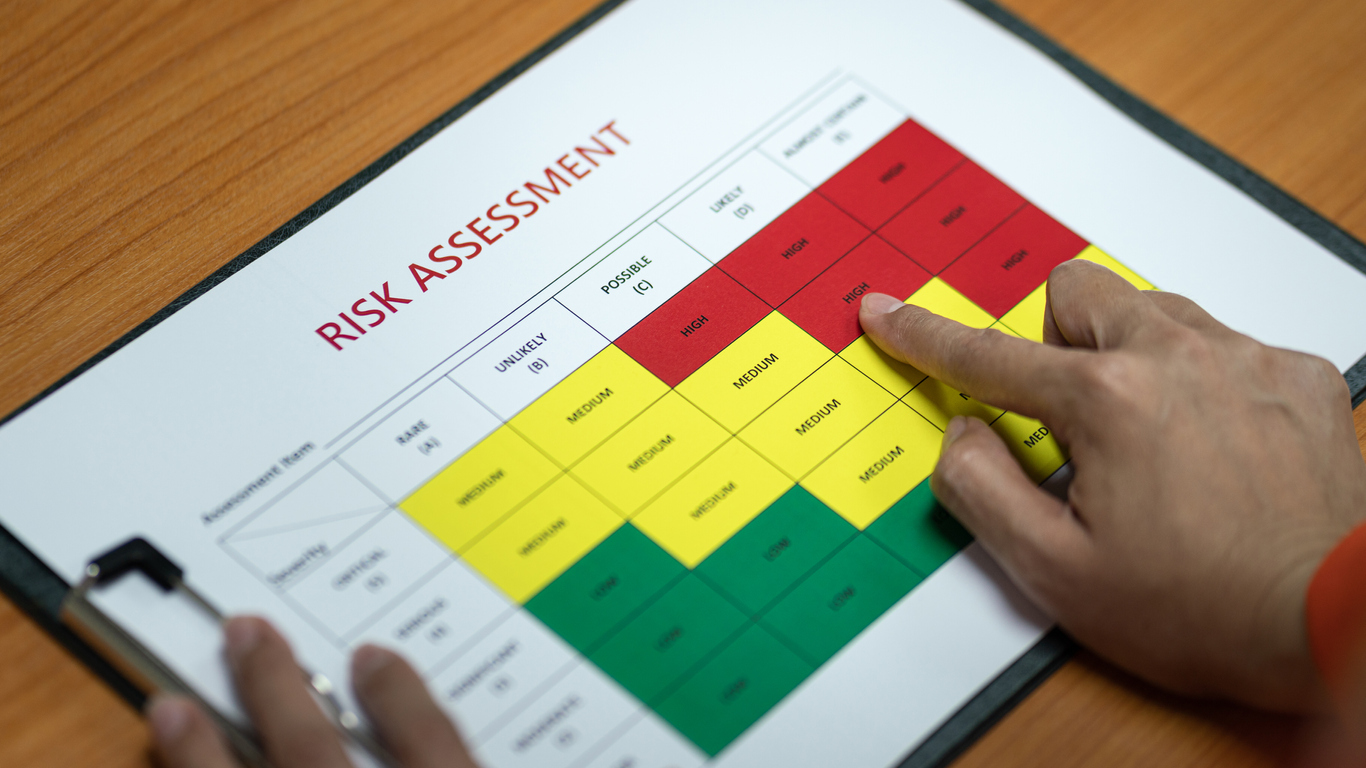Every organization has risks; and while they vary for each business and industry, risks are unavoidable. Therefore, every organization, whether it realizes it or not, practices risk management. Those who do it well reduce their costs, particularly for insurance premiums and any deductible outlays they may incur.
Here’s how to create a plan:
Step 1: Identify your risk exposures
Start by determining your organization’s loss exposures. They could be any buildings or property you own, such as furniture or goods held for sale.
They could be cars, trucks, machinery or heavy equipment used in the business. They could also be activities you perform, such as consulting, printing or software design. Finally, they could be products the firm makes or sells, or its finished work.
Step 2: Decisions to control risk exposure
The next step is deciding how to control the exposures your business faces.
Risk avoidance: Deciding not to take on that exposure. An organization decides not to take on a new project to avoid future liability for defective work.
Loss prevention: Taking on the exposure and trying to keep losses from happening. A hardware store bars customers from entering the lumber area where there are forklifts and other dangers.
Loss reduction: Taking steps to make losses that do happen less severe. A printing plant places fire extinguishers in all areas where fires may start in the facility, like paper storage areas, ink storage areas and near large printing presses.
Contractual transfer of risk: Signing a contract with someone else who agrees to take on the risk. A building owner rents its building with a lease that requires the tenant to obtain insurance on it.
Risk retention: Bearing the cost of some losses without outside help. A jewelry store decides to absorb up to $5,000 in theft losses.
Insurance: Buying insurance to cover the cost of losses the organization does not want to retain. A manufacturer purchases business interruption coverage to pay for lost revenues due to supply-chain disruptions or natural disasters that keep it from operating.
Step 3: Implementation
Once you have selected one or more risk management techniques, you must put them into action.
This can take the form of:
- Protective gear for employees
- Regular maintenance for vehicles
- First aid kits
- Good housekeeping to prevent slips and falls
- Advance planning for weather emergencies
- Reserve funds for retained losses
- The purchase of insurance
- And other items
Step 4: Monitor effectiveness and make adjustments
The last step is to monitor the risk management program’s effectiveness and make adjustments as needed. This will take time as you will need to collect data and record events that may trigger claims.
Step 5: Benefits of a risk management plan
Organizations that practice good risk management can realize several benefits:
- One of the foremost is reduced insurance premiums. A business that actively controls its risks is very attractive to insurers. It will find itself the object of competition from several companies, each of whom will try to offer the lowest premiums.
Also, the more losses the insured retains in the form of higher deductibles, the less the insurer has to pay. The insurer will lower the premium to reflect its own reduced risk.
- Less disruption of work schedules and time spent on post-accident paperwork
- A safe workplace attracts good workers.
- Attractiveness to customers. Companies with poor safety records may have trouble winning bids on projects.
For the good of your operations, reputation, and bottom line, you should make risk management a priority.


